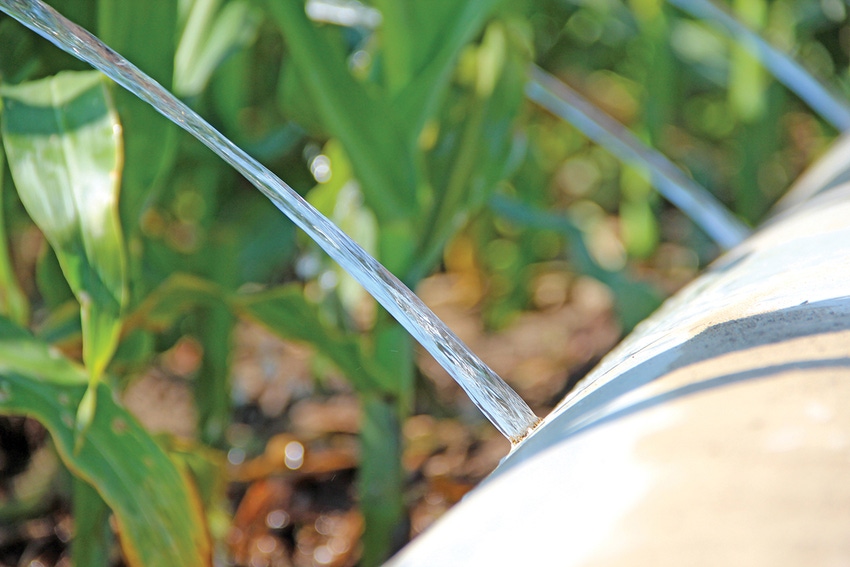September 22, 2015

A year like 2015 can teach us a lot about the importance of water in the production of crops.
Here in the Mississippi Hills we have to make the most of the water we receive as rainfall during the winter months as well as during the growing season.
Very few of the farmers in this region have the capability to provide supplemental water to their crops, so our efforts to increase water use efficiency are not optional but necessary.
Since we can’t irrigate very much of our crop, we have been forced to learn every practice that can allow our soils to store as much water as possible and that will allow our crops to extract and use as much of that stored water as possible.
The strategies involved in this program begin with the soil and include the standard practices of soil fertility such as liming and fertilizing according to current soil tests and improving the quality of the soil to raise organic matter levels and increase the activity of beneficial soil organisms such as mycorrhizae and earthworms.
The reduction of tillage is a critical part of this plan since reduced tillage slows the breakdown of valuable organic matter and allows for the multi-year process of developing a network of mycorrhizal hyphae. Mycologists refer to this as the Hartig network. It allows crop plants to take advantage of moisture reserves that are beyond the range of the plant’s own roots.
This network of fungal hyphae brings both water and nutrients to the plant from distances the plant may not reach without the help of this natural symbiotic relationship.
We are ignoring one of the most basic principles of nature when we interfere with this and other beneficial relationships plants have with the soil and the micro- and macro-organisms that live there.
The plants that grow in soil feed the system. Crops are only part of the story since other plants grow there as well, including volunteer and planted.
Ideally, we choose the plants that alternate with the summer crop, including winter crops like wheat that will be harvested for grain and others we refer to as cover crops that will be terminated before planting the next summer crop.
These other crops — whether for harvest or cover — keep the system going and help to build the organic matter and structure that allow soil to store water more effectively and then supply it to the summer crop during periods when rainfall may be scarce.
For some this may seem far-fetched, but if we compare fields where these methods have been applied for the last few years to others that has not been cared for in this way, the difference will quickly be apparent in a year like this.
Skeptics of this approach sometimes compare fields that have been recently converted to conservation systems such as reduced tillage and cover crops for only one year to those where conventional methods have been used for many years. They often see no improvement or even slight yield declines from this change simply because the return to a natural soil environment takes time.
Some soils respond more quickly, but it takes a minimum of two to three years for nature to repair enough of the damage of decades for crops to respond.
The normal reaction is that a producer cannot stand this slump for economic reasons, but we seem to forget that these soils must feed us for many years to come and must be protected from further degradation.
A phased approach with lesser productive fields being converted first may be the answer. Regardless of how it’s done, we must learn to care for the land and the water we have.
You May Also Like




